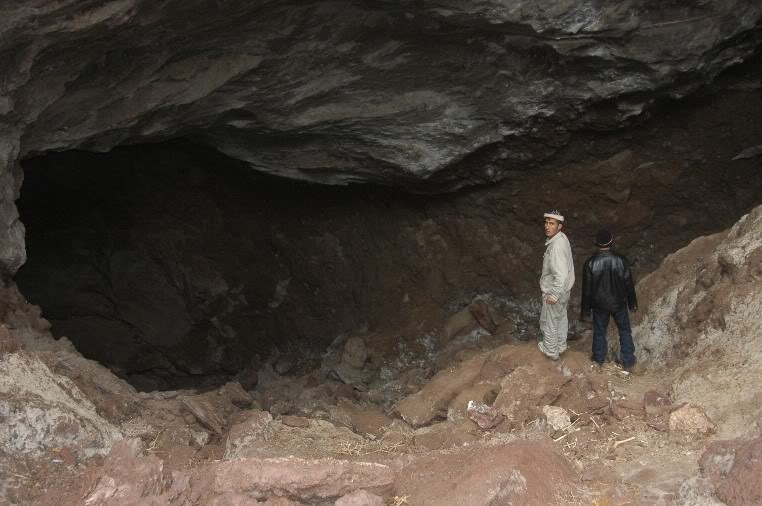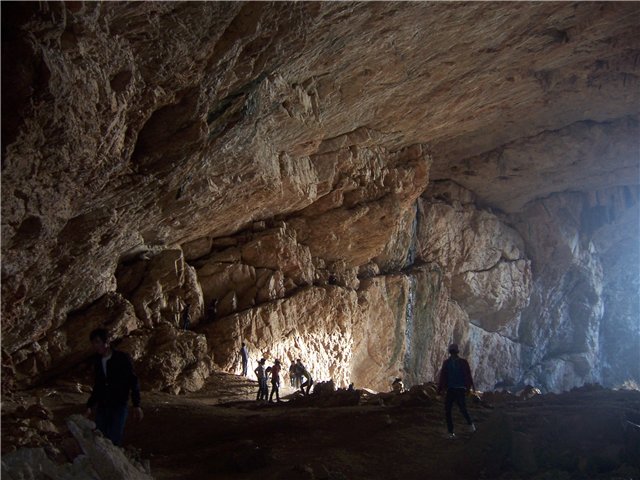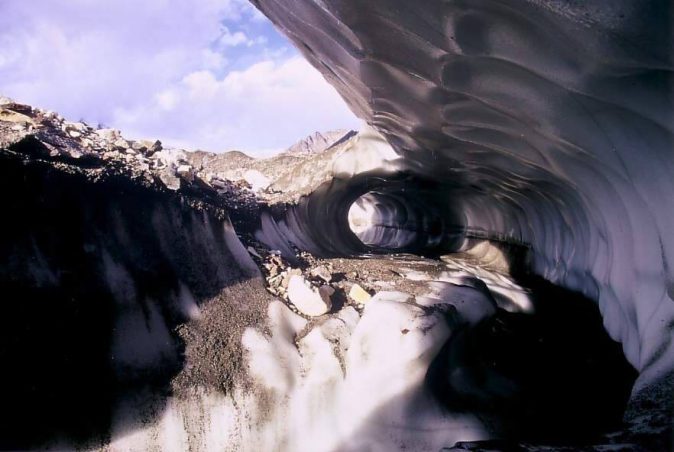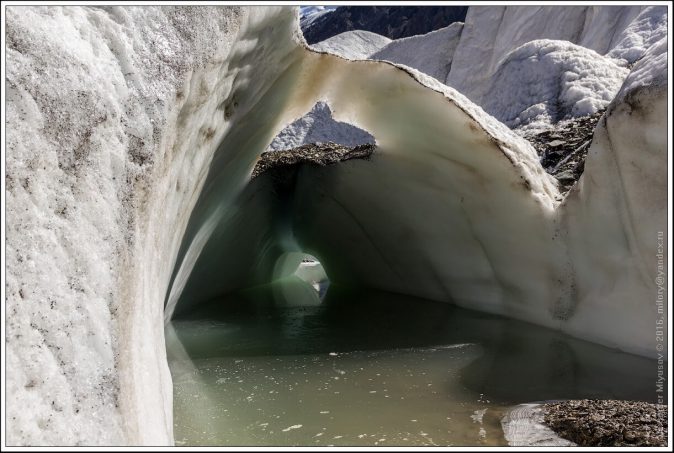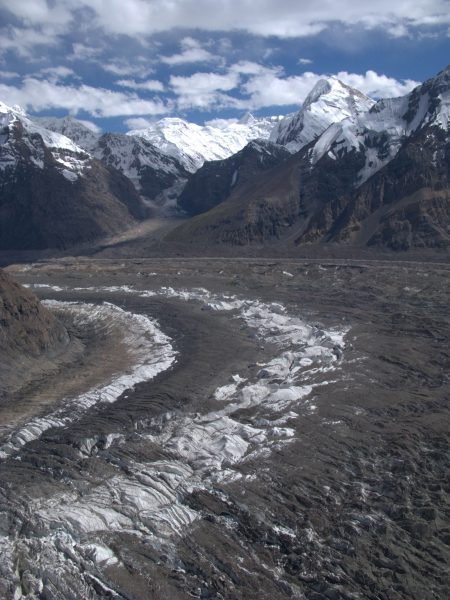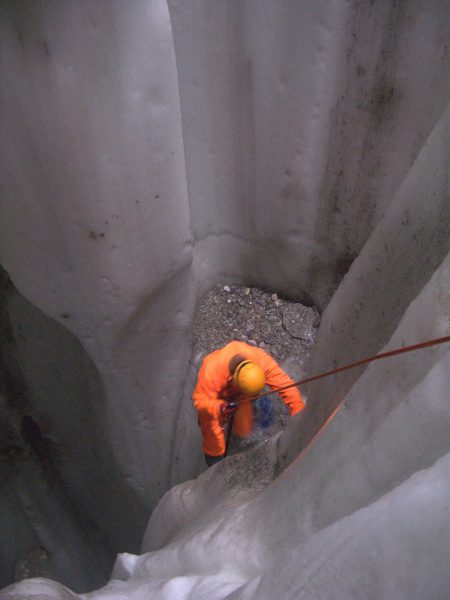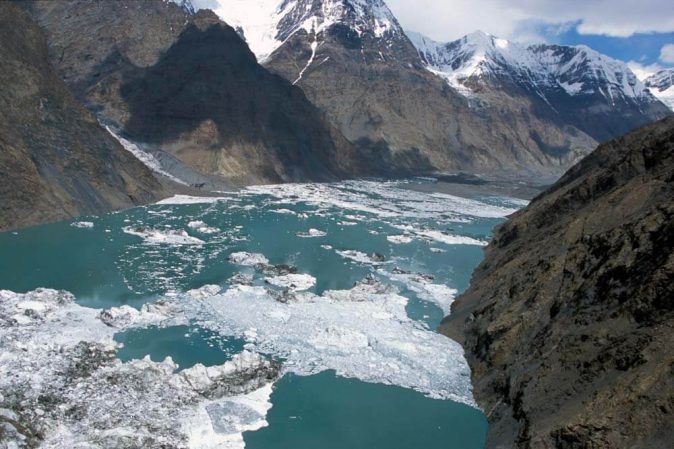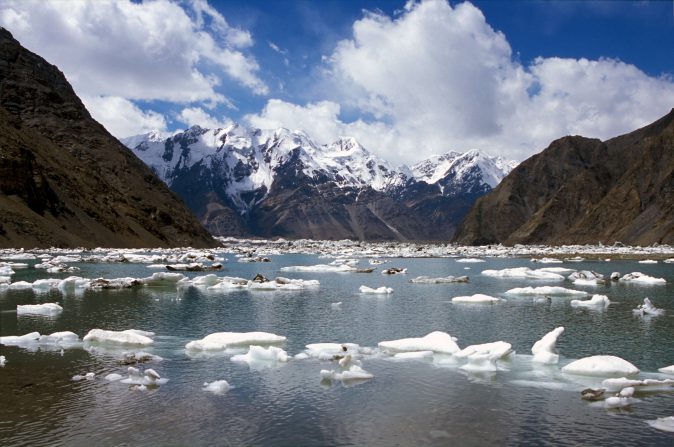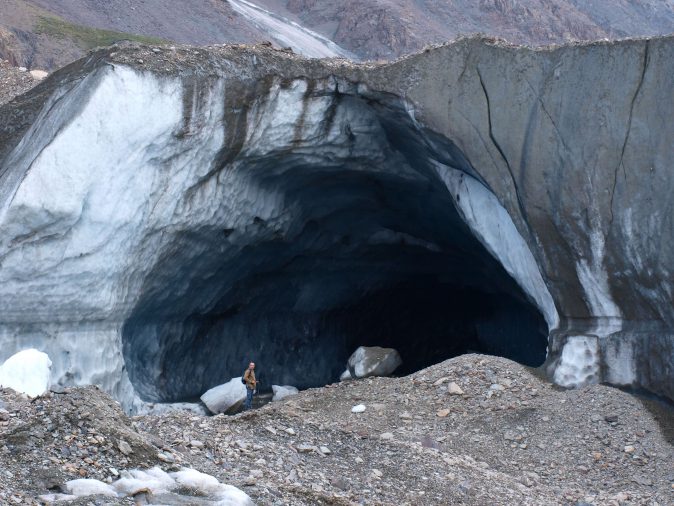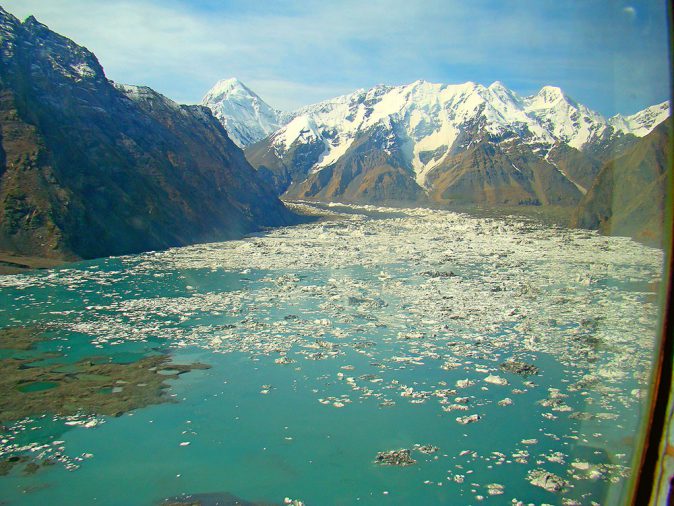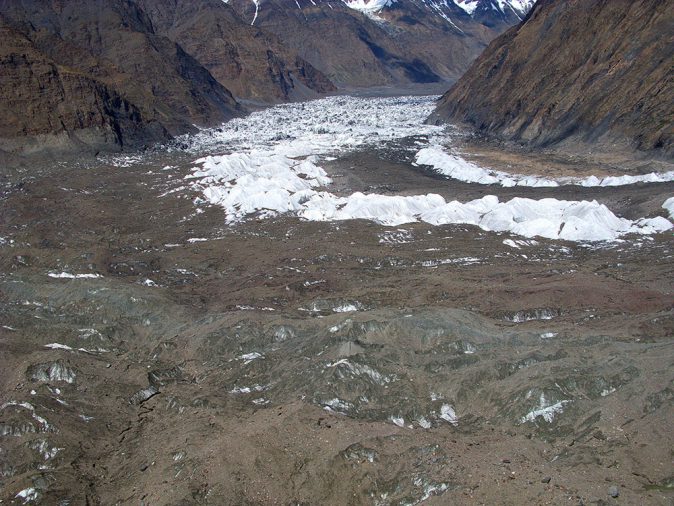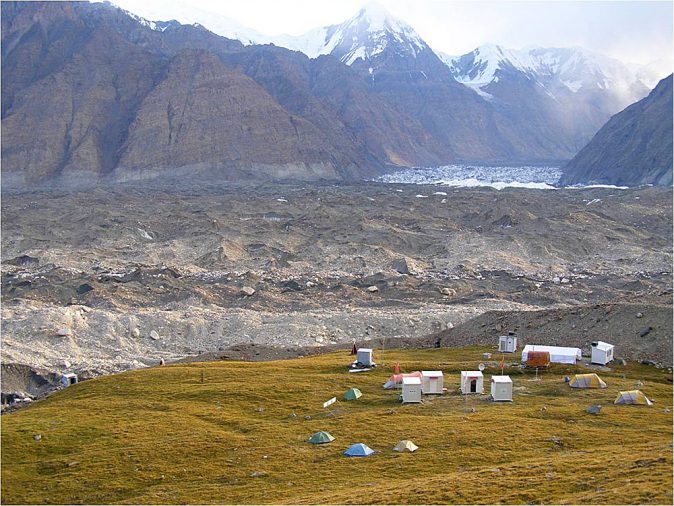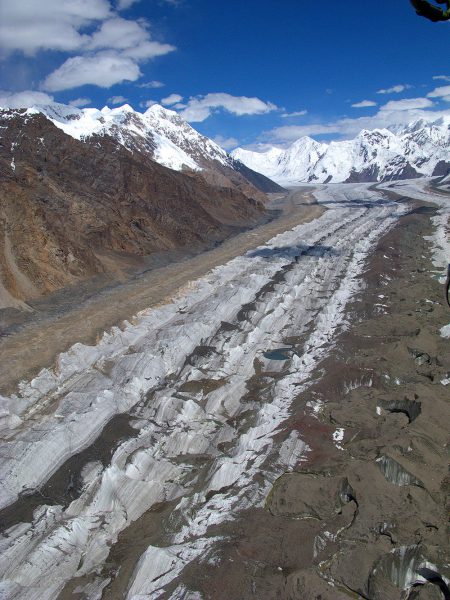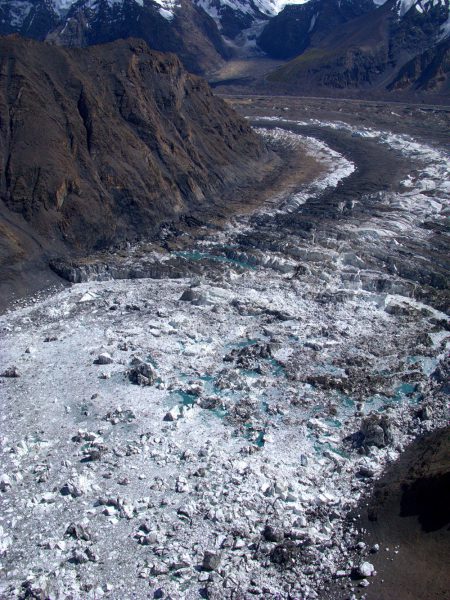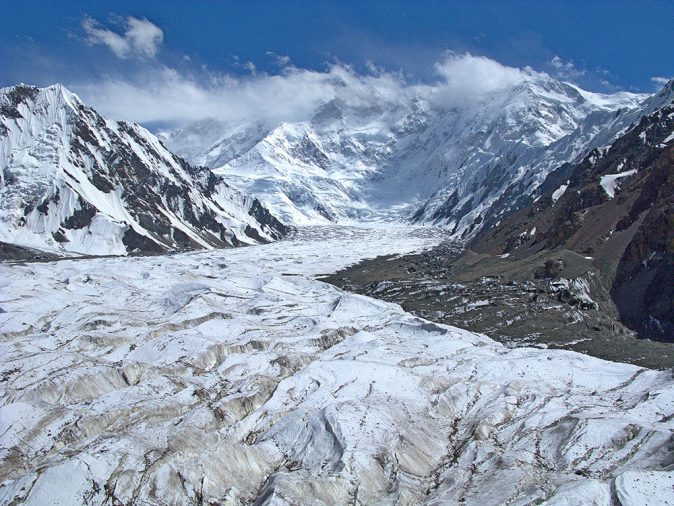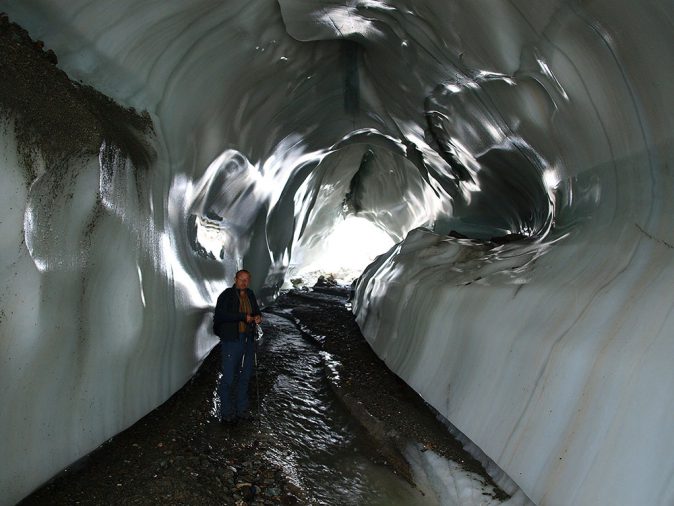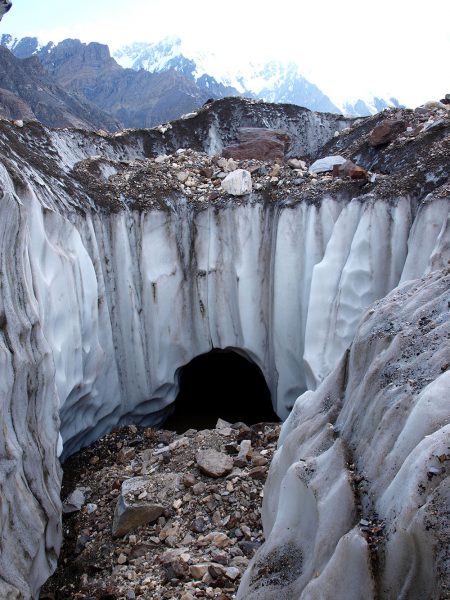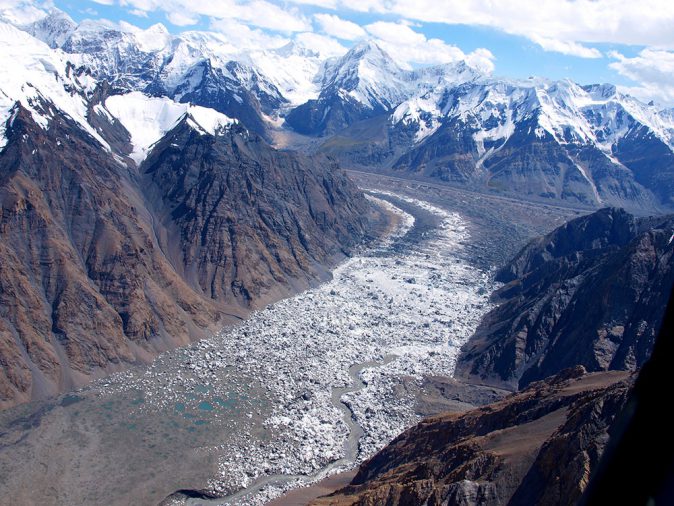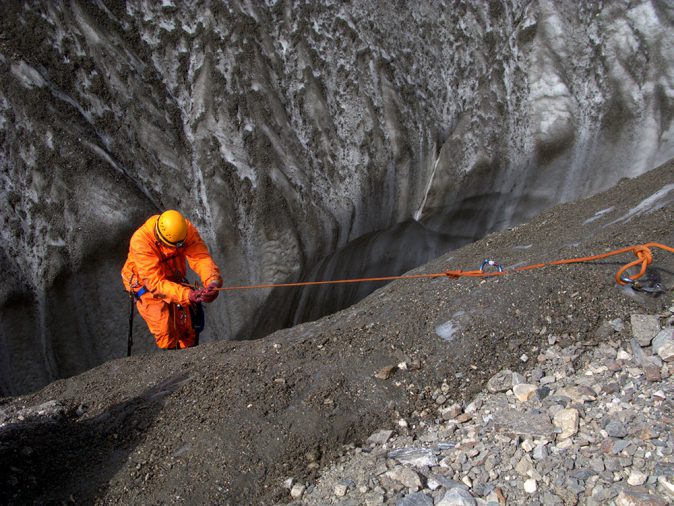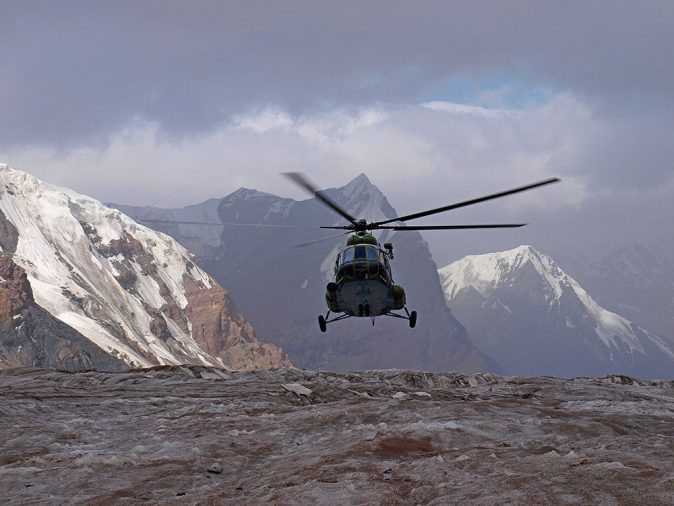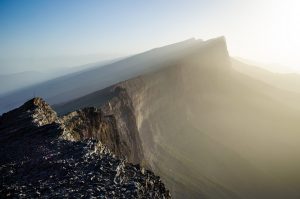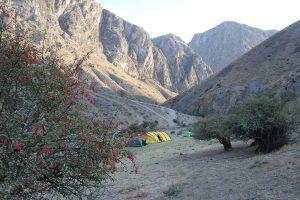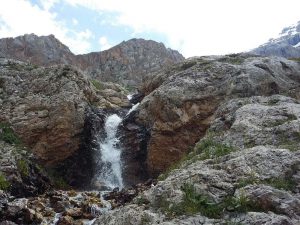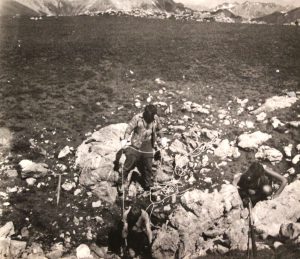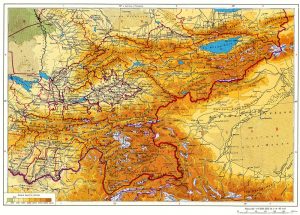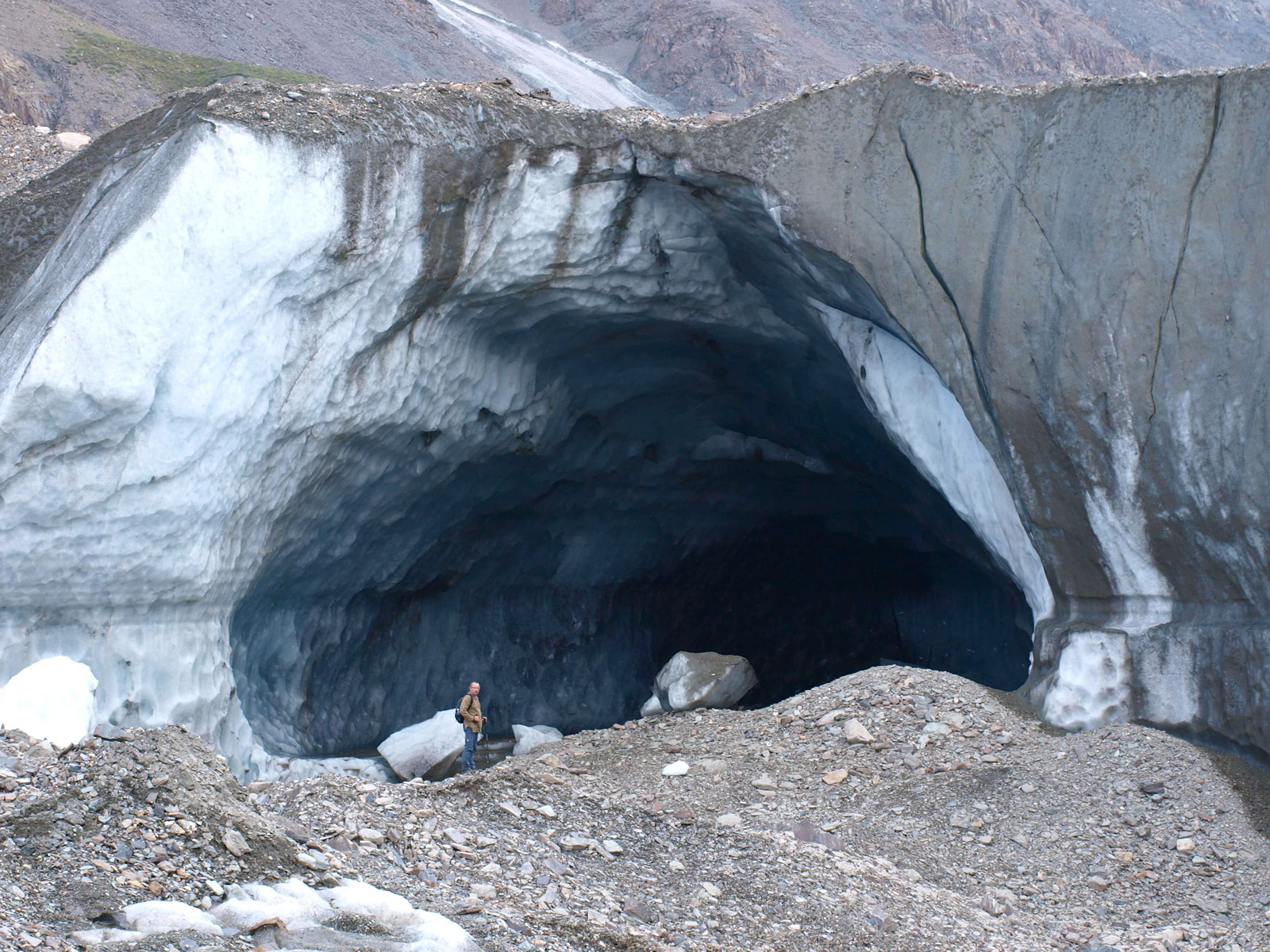
In November 2019, an international expedition consisting of 23 cavers from 5 countries carried out research on the largest glacier in Tien-Shan named Enylchek. One of research objectives was to study intraglacial drainage systems. Alpine lake Merzbacher, annually for some reason bursts the ice dam. Huge volumes of water rush into the glacier, making kilometers long tunnels. The expedition resulted in discovery of several caves and wells found in the area of Lake Merzbacher. In general, the expedition was successful. But, extreme air temperatures, and some organizational not foreseen in advance aspects, prevented from exploring the entire glacier.
In this regard, we hope to proceed with the research in 2021.
Pictures of the expedition in 2019: ………
Expedition “Enilchek-2019” ……………………
Project Concept – Investigation of the intraglacial drainage system of Merzbacher Lake .
The internal drainage system of the Enilchek glacier has not been studied to date. One of the largest glaciers in Asia (over 65 km long) has a well-developed internal drainage system that extends from the ice stream to heights over 4000 m above sea level and has a length of tens of kilometers. The lower 14 km part of the drainage system is formed (or transformed) as a result of the action of powerful streams of thawed glacial water from Merzbacher Lake, which is completely emptied once a year. The drainage system is formed in the layer, where the bedrock contacts with the bottom of the glacier, and possibly in the glacial ice strata. The confluence of the drainage channels of the lake with the internal drainage system of the glacier leads to the formation of the world’s largest internal drainage system, an important role of which is belonged to the high-altitude lake of Merzbacher, located at an altitude of more than 3000 m above sea level.
Periodically, with the annual inrush of the lake, a new drainage system is formed, which is partially confined to the main internal drain of the glacier. This part of the drainage system also continually expands and changes. Due to continuous dynamic processes occurring in the glacial strata during the spring, summer and autumn periods, take shape and expand new drainage channels, and in winter time they disintegrated, crumbled, overgrown by newly formed ice strata and compressed by ice deformation. This cycle occurs annually, invariably repeating.
The main part of the drainage channels is confined to the so-called transit zone of water flows inside the glacier. In the lower part of this system, takes place the main discharge of water from the lake. To this zone belongs the glacial landscape with numerous funnel-sinks, ponoras, cracks and lake basins that differs from the rest of the glacier as well.
In the ice stream part of the glacier, occurs water discharge that drains the entire system of internal glacier. During the inrush of the lake, a significant part of the water in the ice stream is drained from Lake Merzbacher.
Theoretically, the channels emerged at the contact of the glacier with the bedrock, and also in the ice on the glacier section below the lake, should be more washed out by water streams than those parts of the channels located above the lake. The length of the drainage system can be estimated in tens of kilometers. Such a large-scale internal drainage system in an active mountain glacier has not been explored yet. Therefore, if such a drainage system could be tracked for a considerable length, it could help to clarify many aspects in the matter of formation of such drainage systems not only on this glacier, but in other glaciers on the Earth as well.
The entrance to the internal glacier drainage system is possible through numerous glacial wells, abundantly found on its surface (but mainly above the lake), as well as the water outlet portal in the ice stream of the glacier. It is also possible to detect the entrance to the system of internal canals through glacial caves that are located below the lake, especially in places where the glacier joins with lateral water currents and glacial tributaries. To get into the drainage system through the lake Merzbacher seems unlikely, since after the inrush of the lake all the channels that existed before are likely to completely collapse.
In our opinion, this project has two different and at the same time very similar and mutually conditioned motivations: First, very high scientific and applied significance of the results obtained during risky studies within the glacier makes the event scientifically- applied;
secondly, without the organized and rather complex support of from extreme athlete, the accomplishment of the first motivation becomes impossible.
The success of the expedition and obtaining valuable results may put these studies in the category of outstanding studies ever conducted in the world.
In this regard, for the implementation of the project requires careful preparation extreme component of the applied scientific expedition with a focus on security studies. For this, in the expedition should have well-trained professionals who understand such research within a dynamic glacial system.
An expedition to the Central Tien-Shan will have its risks. In November, this is an absolutely wild area, where there are no climbers or tourists. There is no civilization, communications or roads.
To transfer cargo to the base camp, which will be located in the Merzbacher glade, which is located 2.5 km to the south and opposite the lake of the same name, we plan to use the work of porters. In the future, from the Merzbacher glade, we plan to carry out radial outlets to different points of the glacier. From here until the end of the glacier (tongue part of the glacier) is about 14 km. To the glacier formation zone, more than 40 km.



